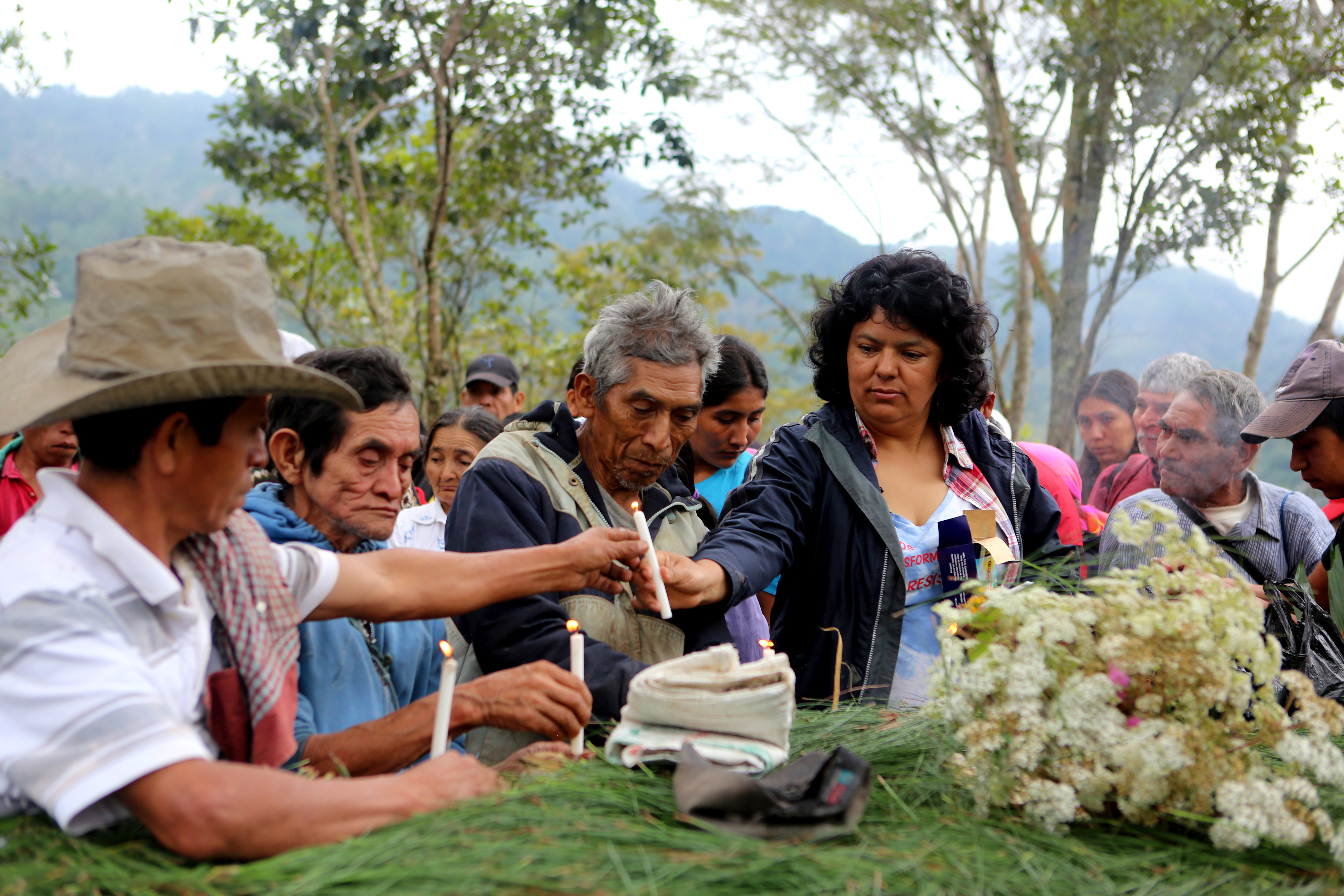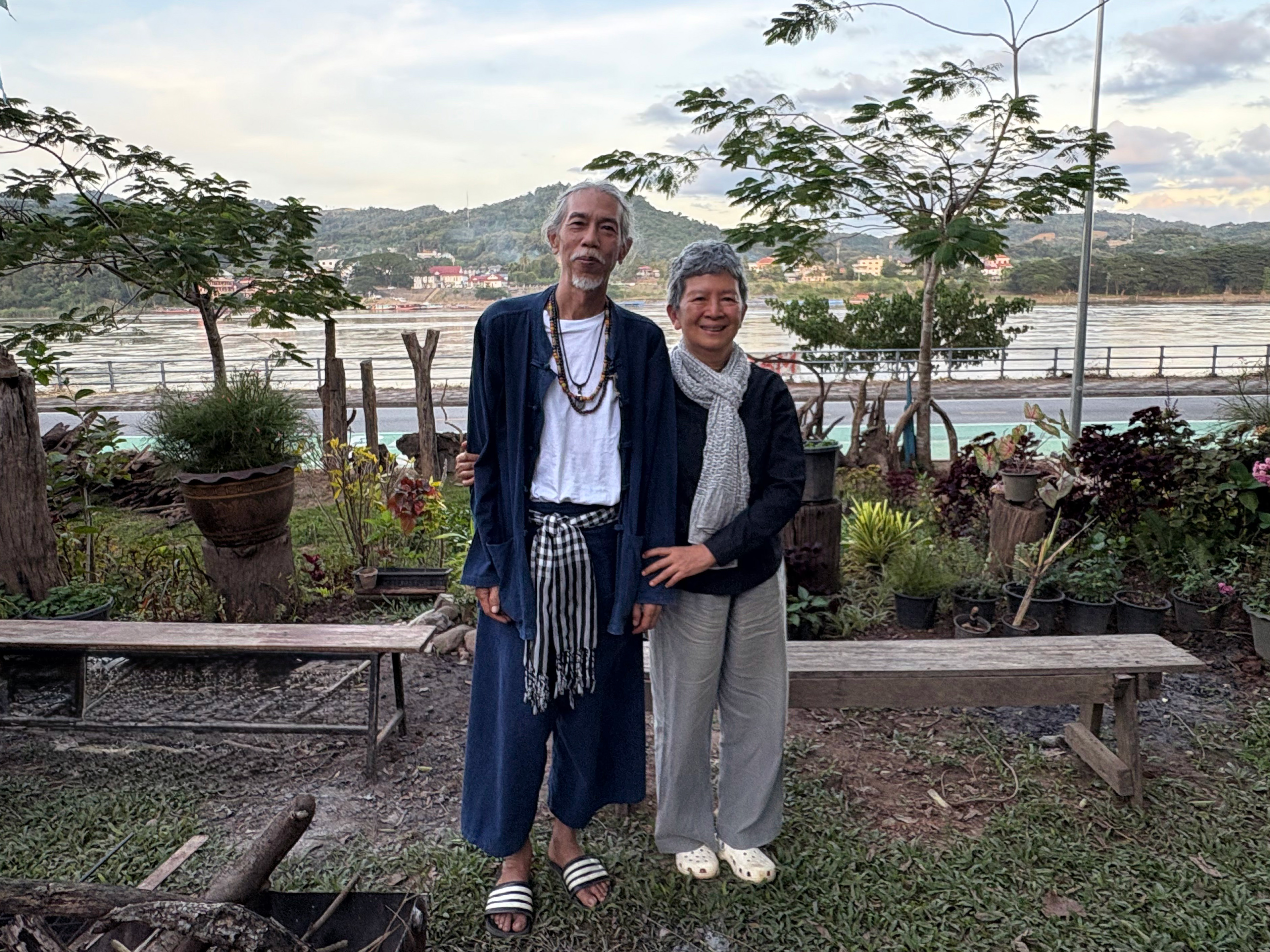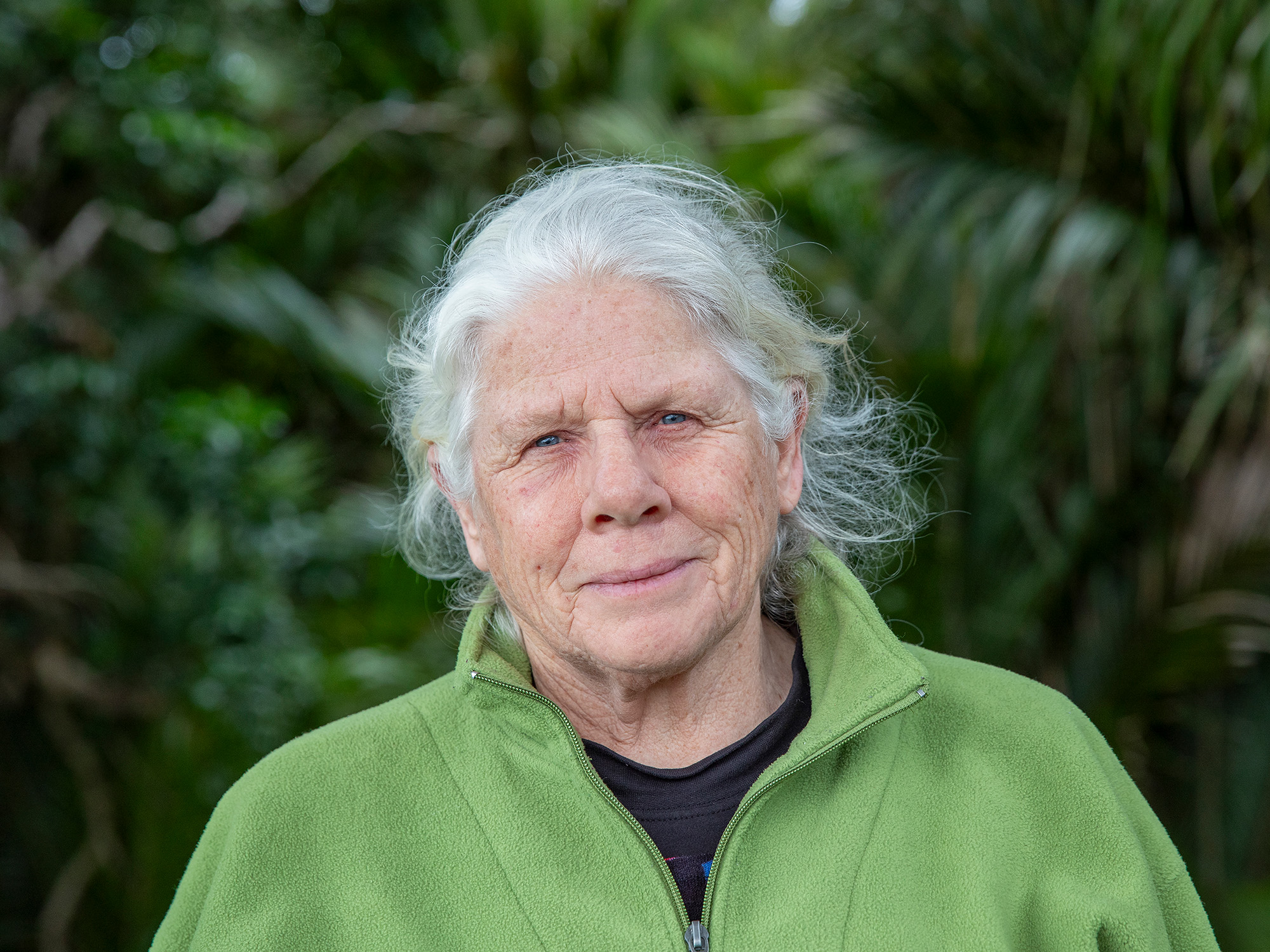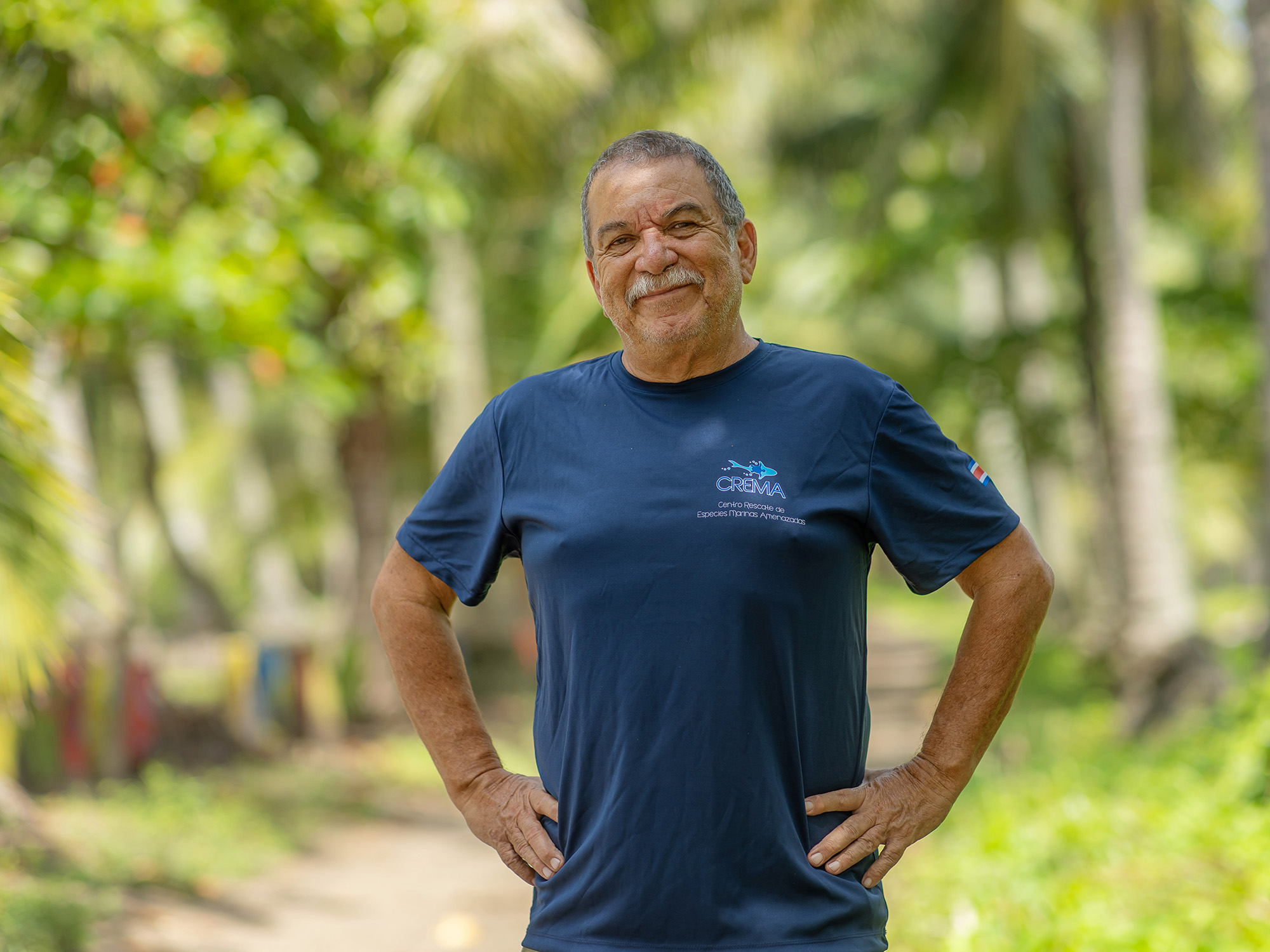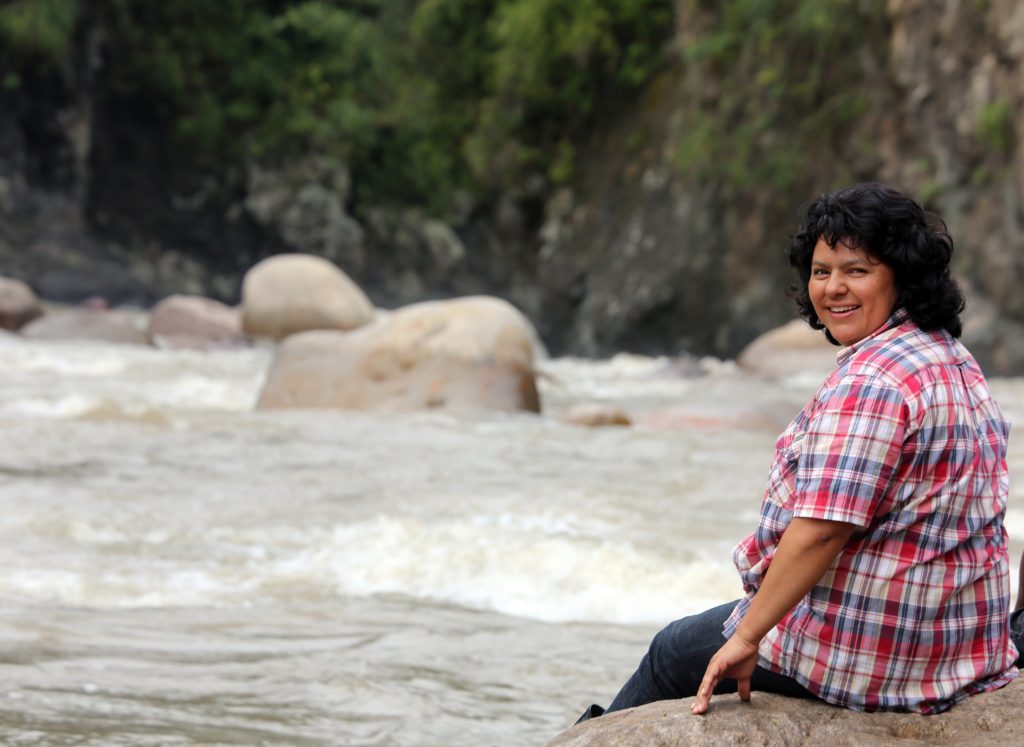
May 12, 2015
Q&A with Berta Cáceres
In a country with growing socioeconomic inequality and human rights violations, Berta Cáceres rallied the indigenous Lenca people of Honduras and waged a grassroots campaign and 21 month road block that successfully pressured the world’s largest dam builder to pull out of the Agua Zarca Dam.
What led you to become an activist, especially in a place where activism is often dangerous work?
I came into political activism when I was very young, about 7 years old. My mother was a midwife and activist. I accompanied her on many of her activities around the community. She attended to indigenous women, assisted refugees and worked closely with students. It was dangerous work. She was kidnapped by an army colonel because of her activism. My brother has also been kidnapped and tortured. Our house was monitored and watched for more than 10 years by government death squads.
Describe the culture of the Lenca people, and the importance of the Gualcarque River for their way of life and livelihoods.
The mountain range where the Gualcarque River begins is the point where the Lenca myth of the female spirit originates. Spiritually, the site is one of the most important cultural sites for the Lenca. They believe rivers should be able to run free and clean. The Gualcarque supplies water for the Lenca’s livelihood, including beans and other fresh fruits and vegetables, and traditional medicinal plants. The river is the Lenca people’s key to food sovereignty. They fish and drink from the Gualcarque.
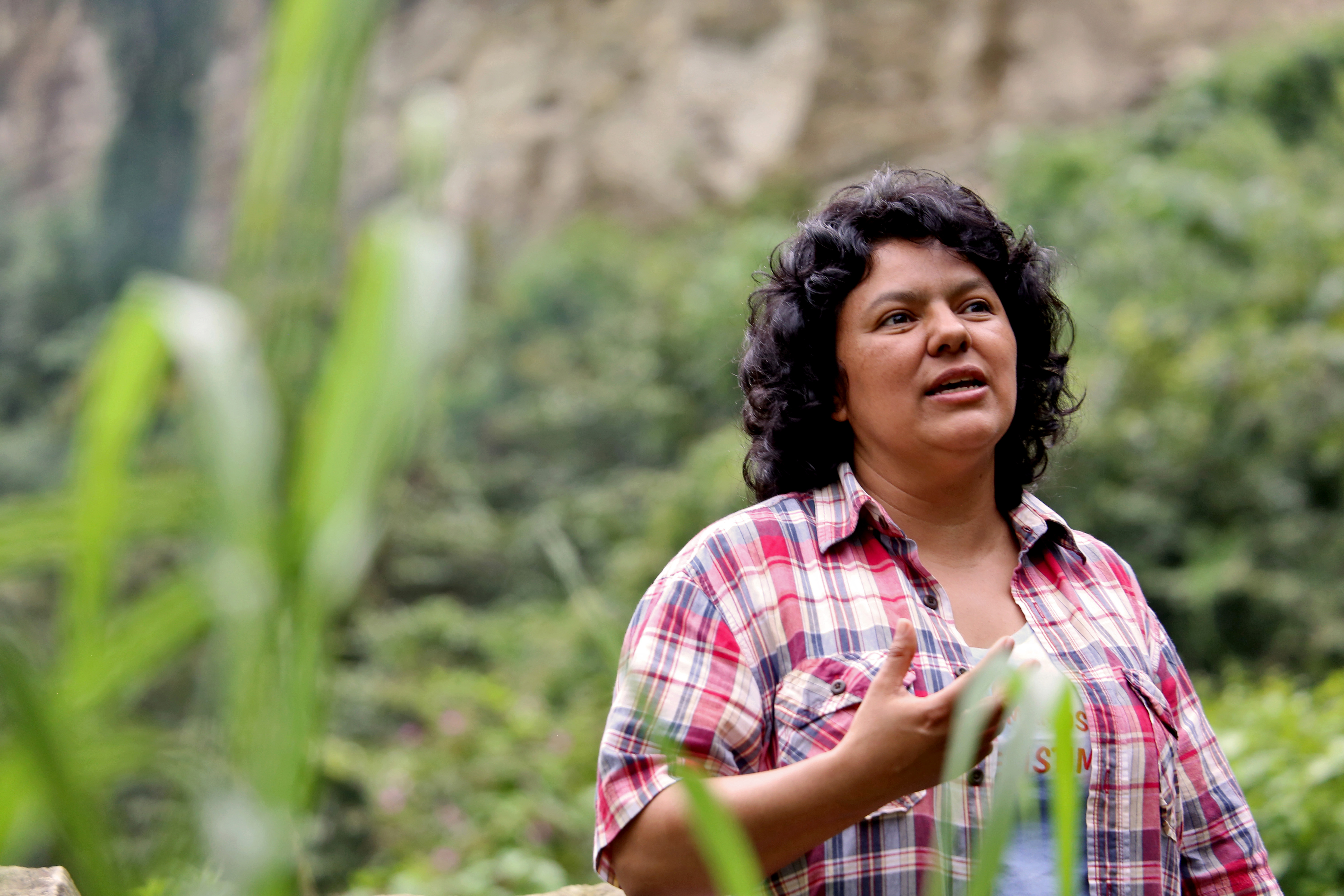
How did you first hear about the Agua Zarca dam project, and what made you decide to lead the charge against it?
In 2006 the community of Rio Blanco came to COPINH (National Council of Popular and Indigenous Organizations of Honduras) asking for our help. The community mentioned witnessing an influx of machinery—for an unknown project—into their town. In 2011, construction on the dam started in full form.
The existence of the river is important both spiritually and territorially to the people who live in the Rio Blanco region. Any act of aggression against the river is, in itself, an act against the community, its free will and autonomy. If the project were to go ahead, control of the rivers would be put into private hands. This would mean the denial of the existence of indigenous communities—an act equivalent to assassinating these communities.
How did you go about organizing and rallying the community around the issue? What actions did you take before turning to the road blockade (government appeals, letter-writing, etc.)?
The first step organizing against the development was to strengthen the COPINH organization itself. We then set up a system of alerts, using different methods of communication (i.e. house visits) to keep everyone in the loop of what was happening. The Lenca intensified their spiritual practice of giving thanks to the river, which was very effective in illustrating the importance of the river to the government. Through solidarity efforts, we were able to reduce fear amongst the community and other marginalized groups, including blacks and urban children.
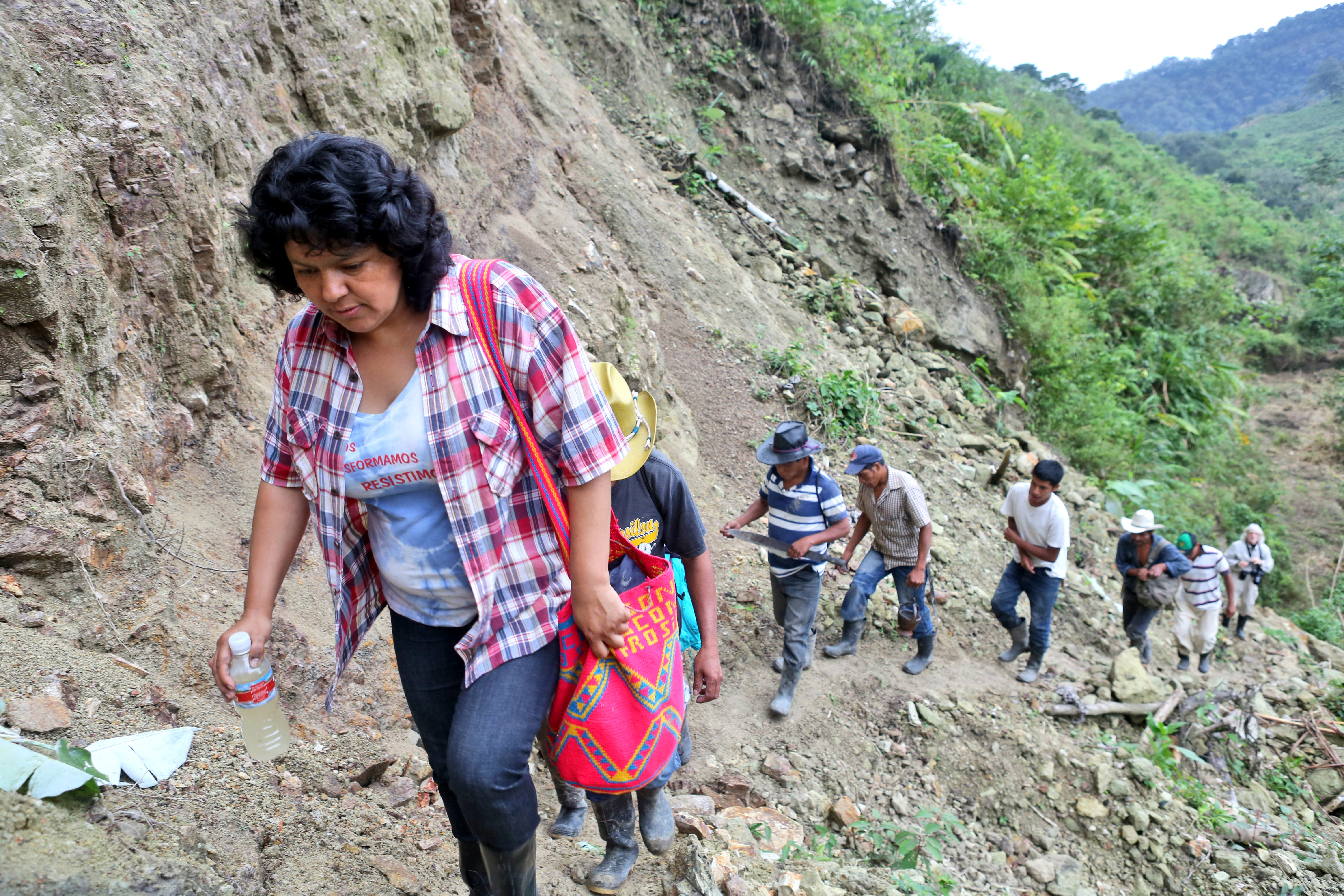
Can you describe the experience of organizing and manning the road blockade? For how long would you personally and other community members stay on site at any given time?
The road blockade has been in place for 21 months, intensely for 15 months. I stayed at the blockade for weeks at a time while other community members stayed for up to a week and rotated. In order to facilitate the roadblock, the Lenca split responsibilities within community. If someone couldn’t make it, someone from their family would take their place. There is a specific committee that helps organize and allocate these responsibilities around the community.
What was the turning point that led to construction on the dam being halted? What do you feel was most effective in achieving this victory?
In our fight to protect the Gualcarque River, the most powerful element has been the Lenca people’s spirituality, and an impressive tenacity in the struggle that continues to this day. This has been the most effective in getting us heard. Also our solidarity has been very powerful. They haven’t been able to stop us despite the threats, the fear, the persecution, the deaths…

